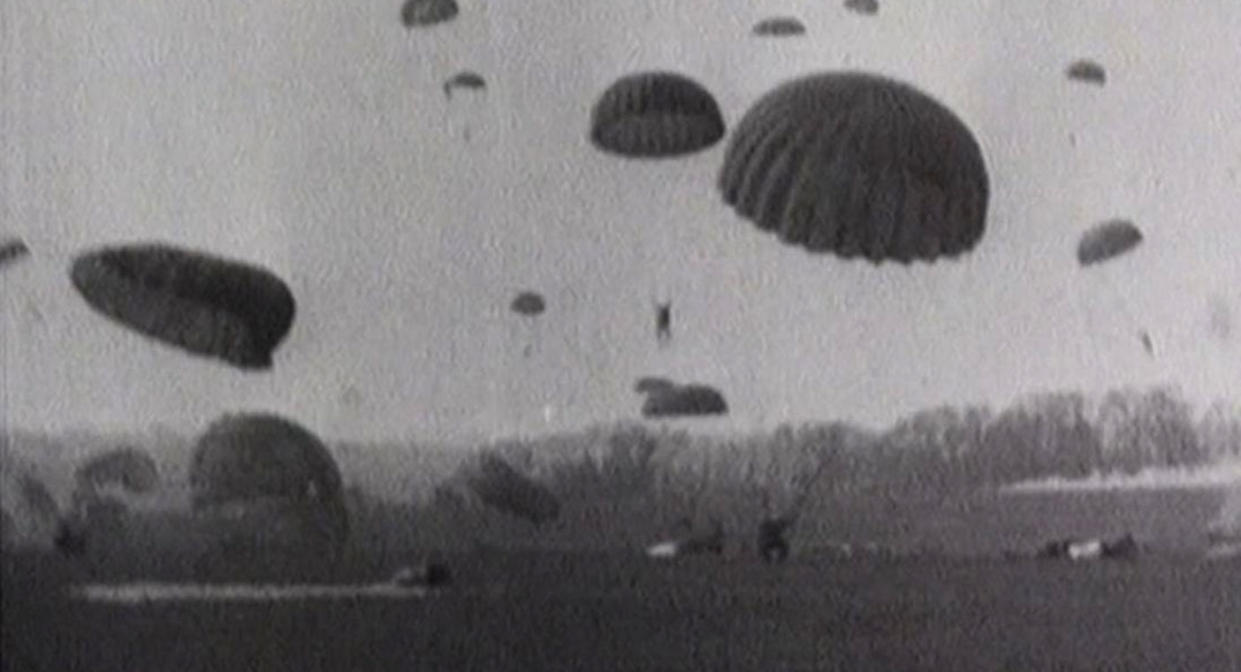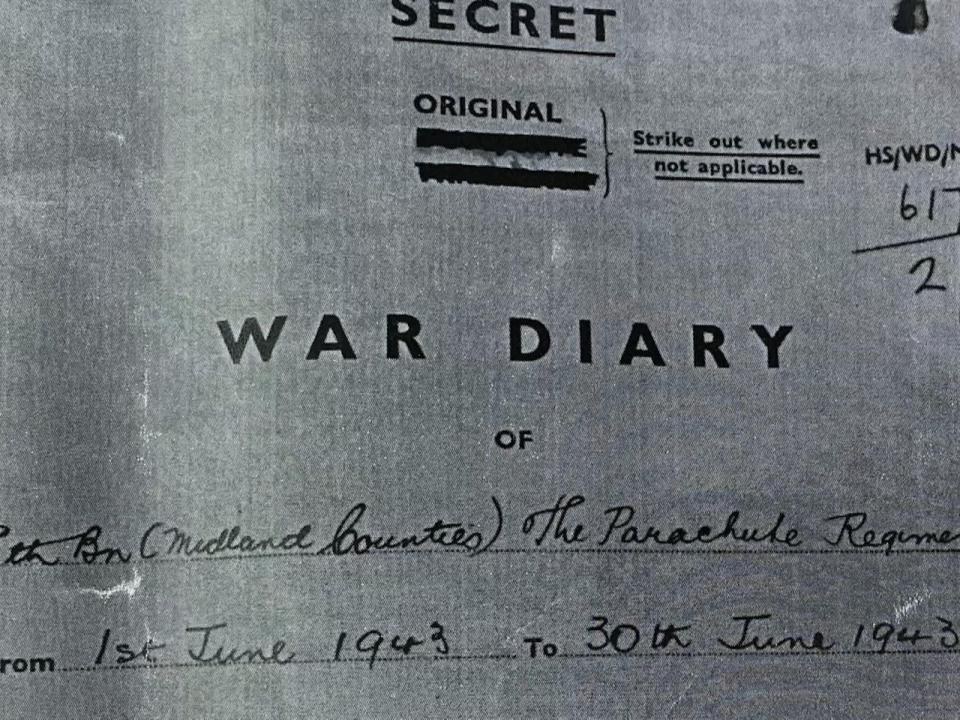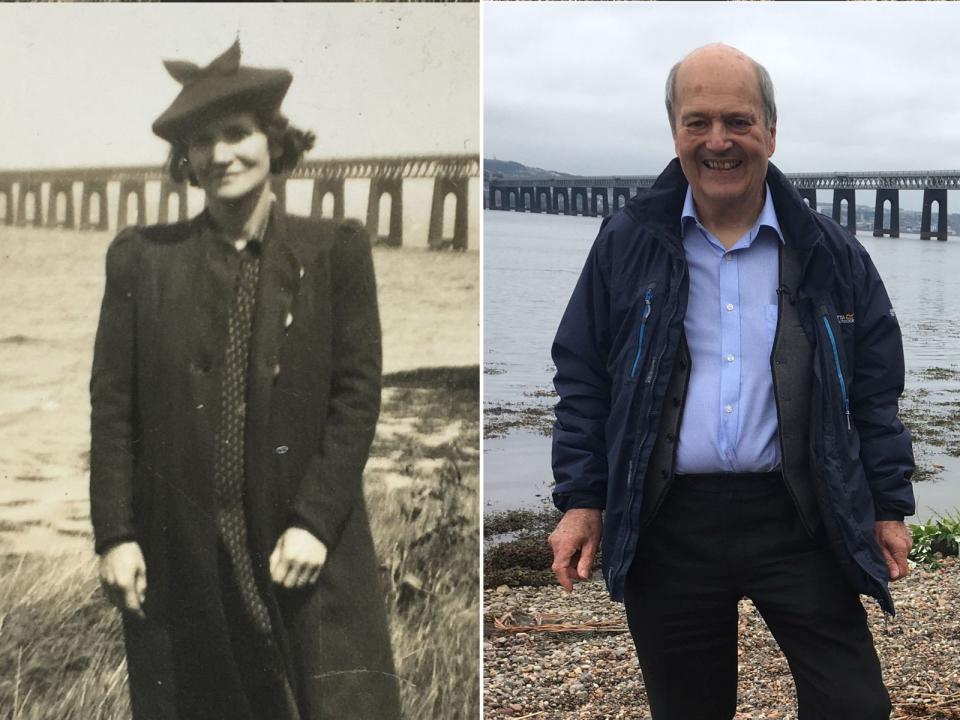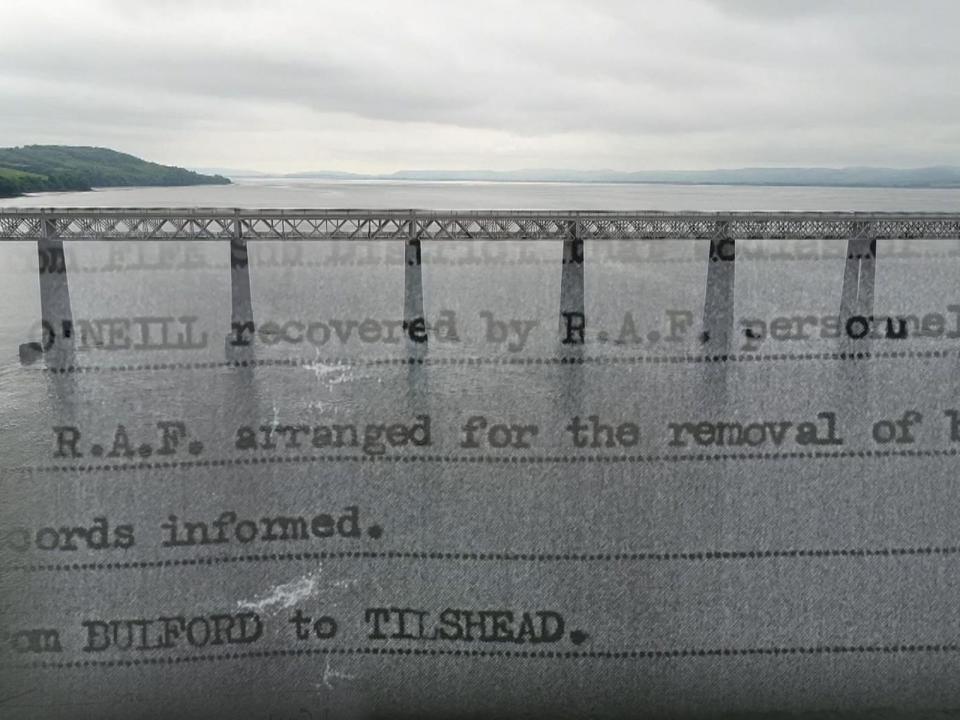Mystery of WW2 tragedy that killed seven UK soldiers solved

Today marks the 75th anniversary of a military blunder on a secret wartime training exercise that resulted in the deaths of seven British soldiers on UK soil.
The mistakes happened on a D-Day training exercise on 13 June 1943, and led to the paratroopers drowning in the River Tay in Dundee.
Anna Mulford witnessed it, but never knew why it had happened. Many decades later, her son Michael finally discovered the truth.
We all wish that life's carousel would turn just one more day so that we could meet again those we have loved and lost.
If I could meet my mum, Anna Mulford, I would tell her that I have finally solved the mystery of the tragedy she witnessed on the River Tay in Scotland on 13 June 1943.
She told me many times of the horror which unfolded as she stood on the beach at Wormit Bay in North Fife on a blustery Sunday afternoon.
At four o'clock she heard the drones of the engines of two converted Whitley bombers approaching the south side of the Tay Railway Bridge.
With wind gusting to some 30mph she watched in sheer disbelief as 18 fully laden paratroopers plunged into water up to 9m (30ft) deep.
As a Royal Navy wife, my mother knew that for many of the soldiers, if not indeed all of them, their last moments in this world would be the dreadful realisation that their circular parachutes were difficult to guide and that the only way from 243m (800ft) was down to a watery grave.
The rescue operation involved RAF air sea rescue launches and the RNLI lifeboat from Broughty Ferry across the river east of Dundee.
In time, a Polish officer arrived. My Mum asked him about the men and he said: "They are all okay."
She knew it could not be true and thought he had spotted the fact she was heavily pregnant and was trying to lessen the impact of what she had seen.
In fact, he was reporting correctly that 10 Polish troops had landed in the shallows and made it ashore.

When I started training as a reporter on the Dundee Courier, my mother implored me to ask the senior reporters who were on the paper in 1943 what had really happened.
They said they had never heard of anything of the sort and would have known even if the official censor had imposed a news blackout.
I tried many times over the years to find out but got nowhere. Even as she neared her passing in 1994, my mother was still asking.
Eight years ago, I traced James Lindsay from Angus who had been a young boy in his family holiday cottage overlooking the scene.
He remembered not just the gold strands on his bedroom wallpaper being illuminated by searchlights but also walking the beach the next morning and finding parachutes, helmets and kit strewn along the shore.
Then, an elderly ex-RAF man got in touch saying he had been one of the airmen on the rescue launches.
Mr Lindsay recalls the authorities coming round insisting on a complete news clampdown.

Digging deeper, I established that the RNLI records had been heavily censored and that the logbooks of the RAF launches held at the National Archives at Kew contained no references.
What, then, was the need for such total secrecy?
The answer is that this was a top-secret trial to see whether paratroops could be landed in a tight space.
Their DZ (drop zone) that day was Tents Muir on the west side of St Andrews Bay.
Why these two planes, among 10 Whitleys carrying 130 troops, were 10 miles away from there is an enduring mystery.
One plane contained the Polish troops.
The other contained nine men from the 8th (Midlands) Battalion of the Parachute Regiment.
Seven drowned, while one refused to jump and was court-martialled.
An eighth was killed at Tents Muir when he was struck during the jump by an ammunition box.
The ninth, Regimental Sergeant Major Alan Parson, landed on a narrow sandbank and made it ashore.
Many others were injured.
The Poles survived the drop because they landed in relatively shallow water.

Why did this exercise go ahead? A friendly Met Office forecaster told me conditions amounted to "the perfect storm".
Earlier or later might have been reasonable - but to jump in winds twice the limit seems reckless.
As a military veteran parachute instructor put it: "They would have emerged going like a train but in a sideways direction."
The final answer lies in the presence at Tentsmuir of Lord Alanbrooke, the Chief of the General Staff of the Army and many of his top brass colleagues.
I now know they were planning the D-Day invasion of June 1944 and assessing whether an airborne element would work.
Alanbrooke was known to be uncompromising.
The exercise was to go ahead. Full stop.
The cover-up was deemed vital to prevent the Nazis getting intelligence through which they could try to glean any details about D-Day.
The details of the tragedy are briefly mentioned in the War Diary of the 8th Battalion, a document kept secret for decades after the War.
My mum understood the need for secrecy. I doubt if she would have accepted the brutal sacrifice of lives to prove a point.
She will be watching from a better place but will not have forgotten witnessing the tragedy on the Tay.

 Yahoo News
Yahoo News 
